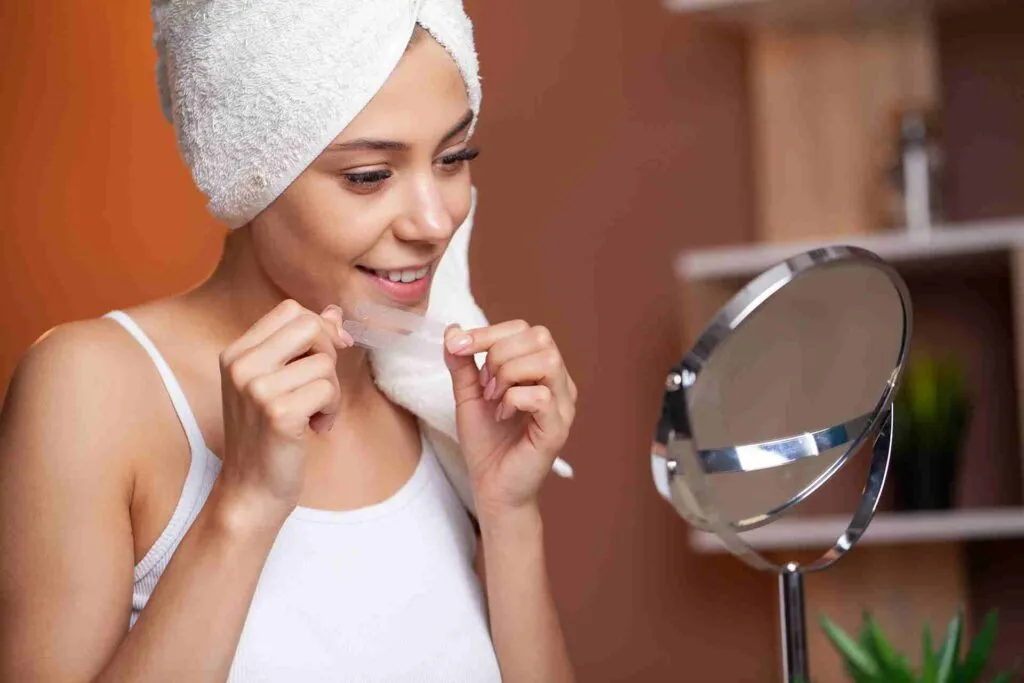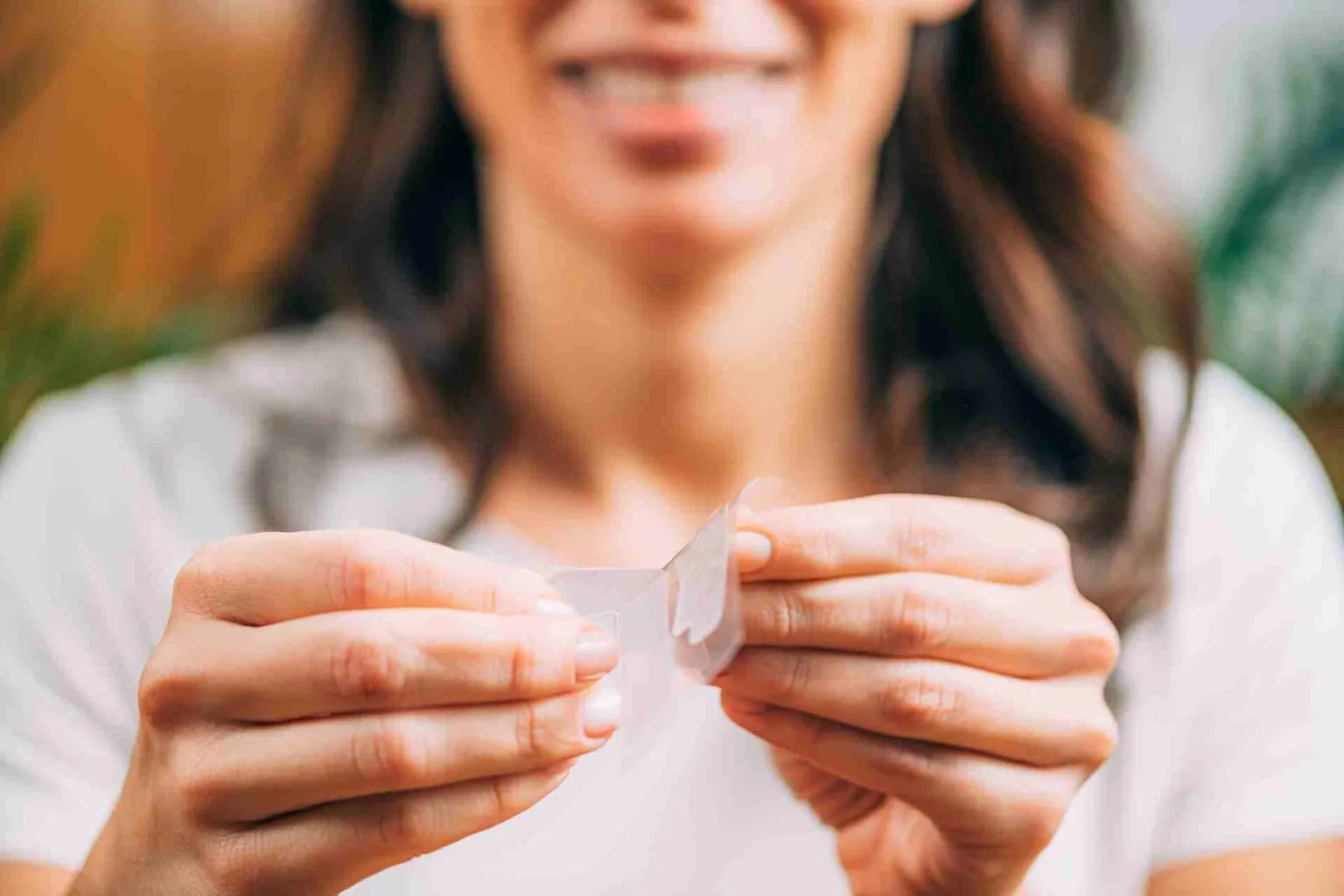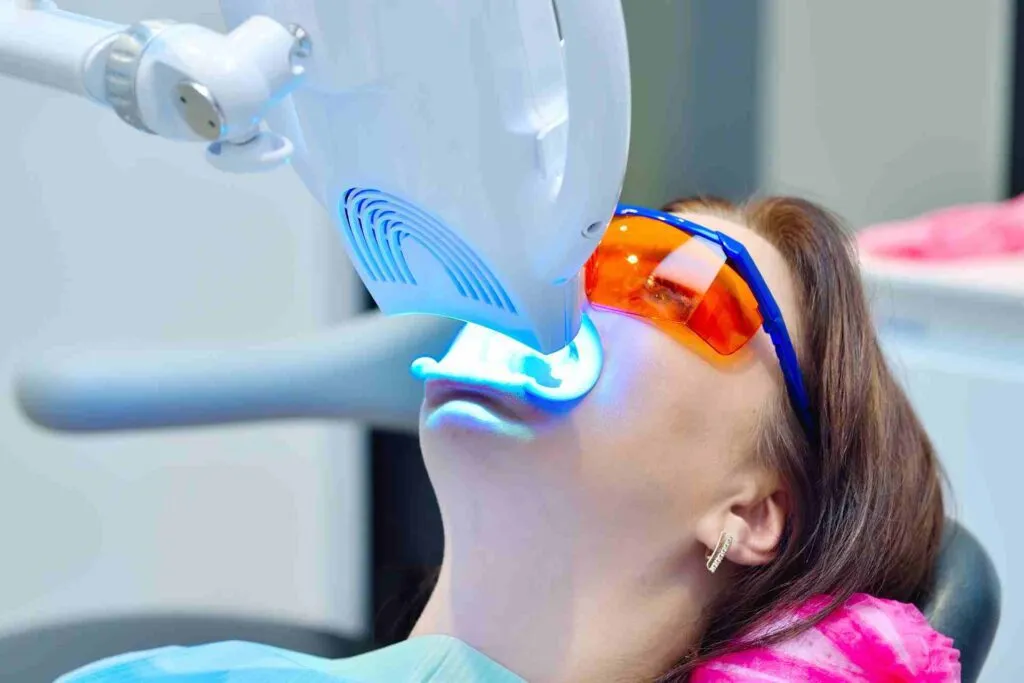Understanding Whitening Strips and Brushing
Achieving a brighter smile often involves the use of teeth whitening strips, a popular cosmetic dentistry solution. Simultaneously, maintaining good oral hygiene through regular brushing is fundamental to overall dental health. The timing of these two activities, however, can significantly impact the effectiveness of the whitening process and the health of your teeth. This guide aims to clarify the optimal order for brushing and using whitening strips, providing insights into why the sequence matters and how to maximize your results while safeguarding your oral health. Understanding the science behind these products and practices empowers you to make informed decisions for a radiant and healthy smile. The interaction between these two practices is crucial, and knowing the right approach can prevent potential issues while enhancing the whitening effects.
How Whitening Strips Work
Whitening strips typically contain a concentration of hydrogen peroxide or other bleaching agents designed to penetrate the enamel and lighten the underlying dentin. The active ingredient breaks down stains and discoloration caused by food, drinks, and other factors. When applied, the strips adhere to the teeth, allowing the whitening agent to remain in contact with the enamel for a specified period, as indicated on the product instructions. The efficacy of the strips depends on factors such as the concentration of the active ingredient, the duration of application, and the existing level of staining. Consistent use, as directed, gradually reveals a brighter smile. To get the best results and minimize potential side effects, it’s crucial to follow the manufacturer’s guidelines, and this includes the timing of brushing.
The Role of Brushing in Oral Hygiene

Brushing your teeth is the cornerstone of good oral hygiene, playing a critical role in removing plaque, food particles, and surface stains. Plaque, a sticky film of bacteria, continuously forms on teeth and, if not removed, can lead to cavities, gum disease, and other dental problems. Brushing helps to disrupt and remove plaque, keeping your mouth healthy. Additionally, brushing with fluoride toothpaste strengthens tooth enamel, making it more resistant to acid attacks from bacteria. Regular brushing also freshens breath and contributes to overall oral health. The technique of brushing also matters; using a soft-bristled toothbrush and gentle circular motions is recommended to avoid damaging the enamel and irritating the gums. The way you brush your teeth is important; it is just as important to understand when to brush your teeth when using whitening strips.
Optimal Timing: Before or After?
The optimal timing for brushing in relation to whitening strips is essential for maximizing the whitening effect and minimizing potential drawbacks. The general consensus among dental professionals is to brush before applying whitening strips. This helps to remove any food particles, debris, and surface stains, creating a clean surface for the whitening agent to work on. However, it’s equally important to consider the potential risks associated with this approach, such as increased tooth sensitivity. The timing can also impact the effectiveness of the whitening strips, and knowing when to brush can impact your results. Considering both benefits and potential drawbacks will help in formulating a plan that works for you.
Brushing Before Whitening Strips
Brushing before using whitening strips is often recommended. It cleans the teeth, removing surface debris and plaque, which can hinder the whitening agent’s ability to penetrate the enamel. This prepares the teeth, ensuring the whitening strips can effectively contact the tooth surface. However, waiting some time between brushing and applying the strips is vital. The reason is that brushing can temporarily weaken the enamel, and applying the whitening strips immediately afterward can increase sensitivity. The key is to allow enough time for the enamel to re-harden before applying the strips. Waiting ensures the best of both worlds a clean surface for the whitening strips and protecting the teeth from unnecessary sensitivity.
Benefits of Brushing Before

Brushing before whitening strips offers several advantages. Firstly, it removes any surface stains, such as those from coffee or tea, allowing the whitening agent in the strips to directly target deeper stains. Secondly, a clean surface helps the whitening strips adhere better to the teeth, ensuring more uniform coverage and potentially better results. Thirdly, removing plaque and debris can prevent them from interfering with the whitening process. Finally, it promotes overall oral hygiene, creating a healthier environment for the whitening treatment to be effective. The benefits contribute significantly to achieving a brighter and healthier smile when done correctly. The practice maximizes the effectiveness of the whitening process and supports better dental health practices.
Potential Risks of Brushing Before
While brushing before applying whitening strips offers numerous benefits, it also presents potential risks. The most significant risk is increased tooth sensitivity. Brushing can temporarily wear down the enamel, making the teeth more susceptible to irritation from the whitening agent. This sensitivity might cause discomfort during and after the whitening treatment. The abrasive action of the toothpaste, combined with the whitening agent, could potentially weaken the enamel if not enough time is allowed between brushing and strip application. Therefore, it is essential to wait some time after brushing before applying the strips. The time will let the enamel re-mineralize, which is essential for the protection of the teeth. Careful consideration of these risks is important for ensuring comfort and protecting long-term oral health.
Brushing After Whitening Strips
Brushing after using whitening strips is generally not recommended, and here’s why: the active ingredients in the whitening strips are actively working on your teeth. Brushing immediately after can disrupt this process, potentially removing the whitening agent before it has had a chance to fully penetrate the enamel. It also increases the risk of tooth sensitivity, as the enamel might be temporarily weakened. If you feel the need to brush after using the strips, wait for at least 30 minutes to an hour, allowing enough time for the whitening agent to work. During this waiting period, it is also recommended to avoid eating or drinking anything other than water, as this can compromise the whitening results.
Benefits of Brushing After

There are few direct benefits to brushing immediately after using whitening strips due to the potential for disrupting the whitening process. However, brushing after the recommended waiting period, about 30 minutes to an hour, can help maintain oral hygiene by removing any lingering residue from the whitening strips and refreshing your mouth. This approach ensures you’re not interfering with the whitening effect while still maintaining a clean, healthy oral environment. The practice helps to maintain the results, contributing to a brighter and healthier smile, making it important to know how much time to wait after using the strips.
Potential Risks of Brushing After
Brushing too soon after using whitening strips has several potential risks. First, it can reduce the effectiveness of the whitening process, as the brushing action can remove the whitening agent before it has fully worked. Second, it can increase tooth sensitivity. The enamel may be more vulnerable immediately after the strips are removed, and brushing can exacerbate this sensitivity. Finally, the abrasive nature of toothpaste might potentially cause micro-abrasions on the enamel surface when combined with the whitening agent, possibly leading to further sensitivity or damage. Avoiding brushing immediately after whitening strips is crucial to mitigate these risks and protect the teeth.
Best Practices for Using Whitening Strips
To ensure the best results and minimize potential issues when using whitening strips, follow these best practices. Firstly, always read and adhere to the manufacturer’s instructions. Secondly, brush your teeth gently before applying the strips, allowing some time to pass before applying the strips. This will ensure the enamel is protected. Thirdly, avoid eating or drinking anything other than water for the duration of the treatment and for at least 30 minutes to an hour after removing the strips. Fourthly, consider using a toothpaste specifically designed for sensitive teeth if you experience any discomfort. Regularly scheduled dental check-ups can also help in monitoring the effectiveness of the whitening treatment and identifying any adverse effects. Finally, consistency is key. Following these practices can significantly improve the outcome of your whitening efforts.
Waiting Time and Recommendations

The recommended waiting time between brushing and applying whitening strips is typically 30 minutes to an hour. This allows the enamel to re-mineralize after brushing, minimizing the risk of sensitivity. After removing the strips, wait at least 30 minutes to an hour before brushing again. During this time, it is advisable to avoid consuming any food or beverages, except water. Following these guidelines will help ensure the whitening agent has ample time to work effectively without causing undue stress on your teeth. Always refer to the product’s specific instructions, as recommendations may vary slightly depending on the brand and formulation. By understanding and adhering to these timing guidelines, you can maximize the effectiveness of your whitening treatment and reduce the risk of any adverse reactions.
Essential Tips for a Whiter Smile
Achieving a whiter smile involves several key steps, beyond just using whitening strips. First, maintain a consistent oral hygiene routine, including brushing twice daily for two minutes each time, and flossing daily to remove plaque and food particles. Second, limit the consumption of stain-causing foods and drinks, such as coffee, tea, red wine, and dark-colored berries. Third, consider using a whitening toothpaste to help maintain the brightness of your teeth. Fourth, schedule regular dental check-ups and cleanings to remove any accumulated stains and ensure your overall oral health is in good condition. Lastly, stay hydrated by drinking plenty of water, which helps to rinse away food particles and prevent stains. Combining these practices with the proper use of whitening strips maximizes your chances of achieving and maintaining a radiant, healthy smile. The right approach is essential for a better result and more effective oral health practices.
Maintaining Results and Oral Health
Once you’ve achieved your desired level of whiteness, maintaining the results and ensuring ongoing oral health is vital. Continue to practice a consistent oral hygiene routine, including regular brushing and flossing. Consider using a whitening toothpaste or mouthwash to help maintain the brightness of your teeth. Avoid or limit your intake of stain-causing foods and drinks, and rinse your mouth with water after consuming them to minimize staining. Schedule regular dental check-ups and cleanings to professionally remove any surface stains and to monitor your overall dental health. Consider touch-up whitening treatments, as needed, to keep your smile looking its best. Remember, oral health is an ongoing commitment. By adopting these maintenance strategies, you can preserve your white smile and promote your oral health for the long term. Proper care ensures your efforts in whitening strips pay off.
